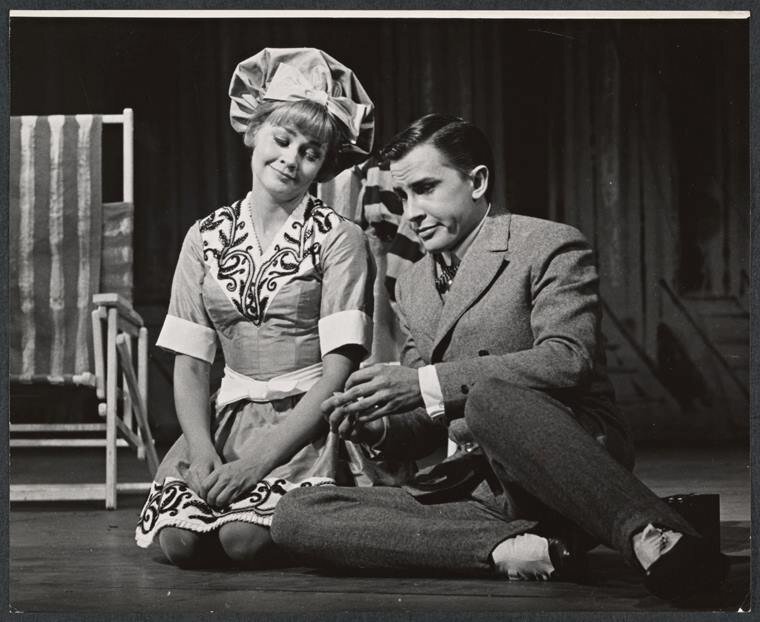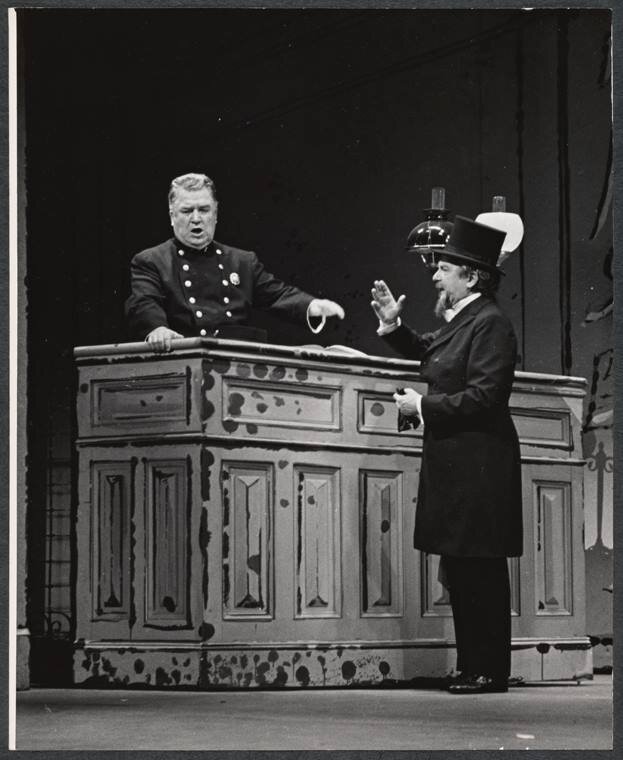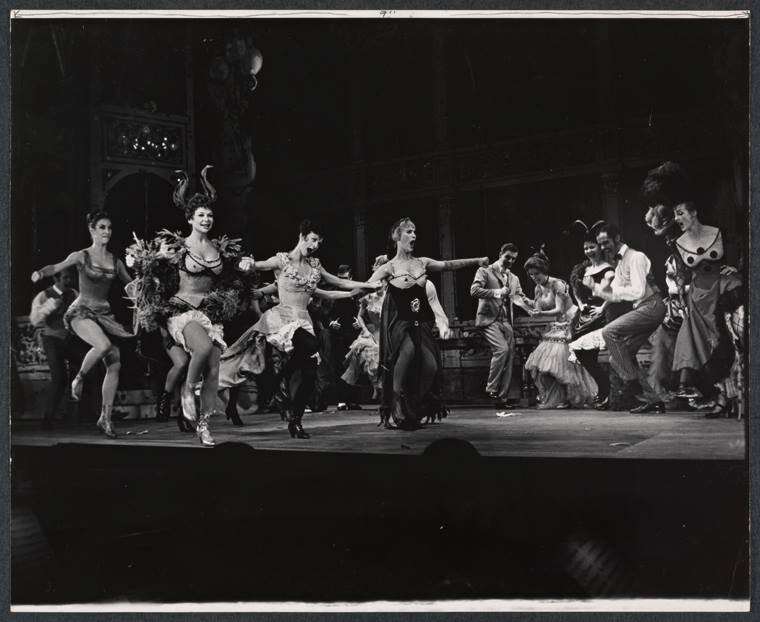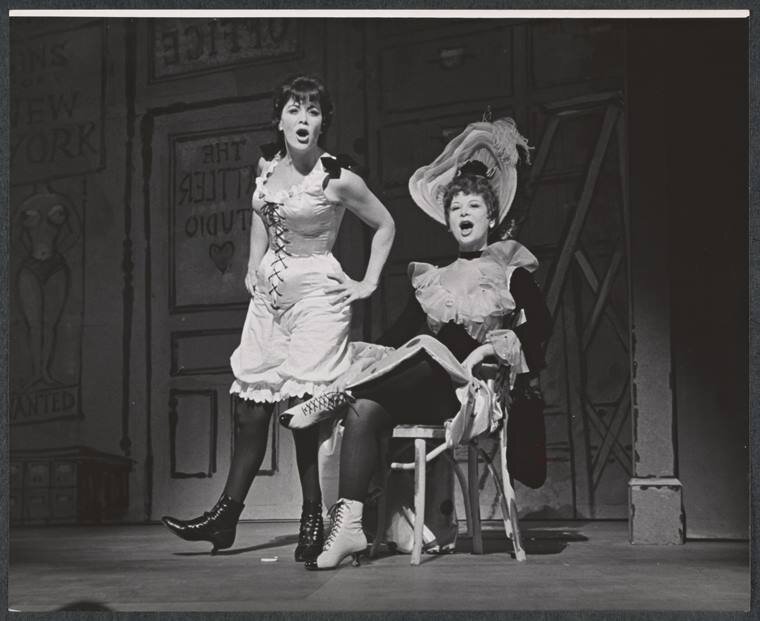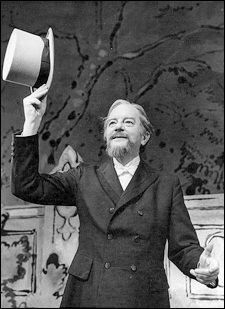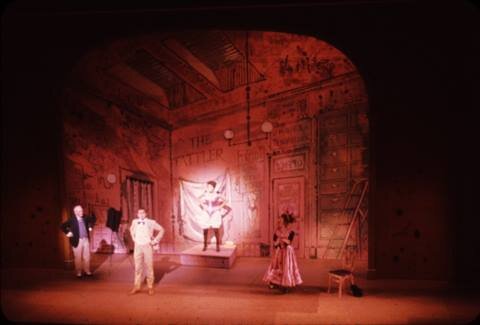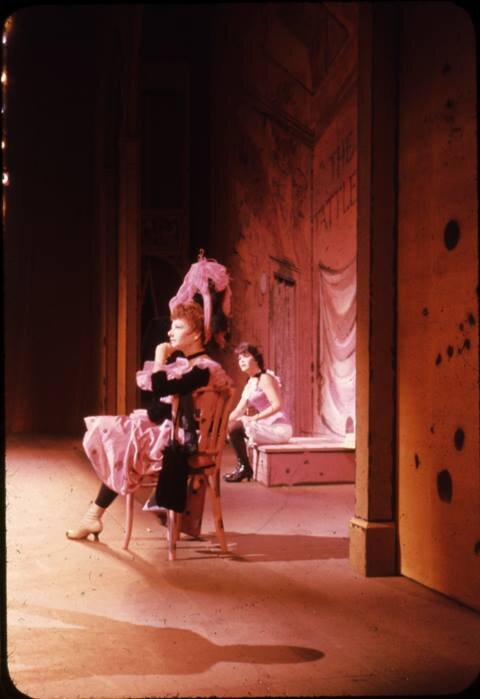Remembering Tenderloin
The Broadway composing team of Jerry Bock and Sheldon Harnick were behind some of Broadway’s most beloved musical scores, having crafted the character-driven showtunes for musicals such as The Apple Tree, She Loves Me, and the most well-known of their masterpieces, Fiddler on the Roof. Even when one of their shows had trouble catching on with audiences and the critics, the score was always a first-rate example of their craftmanship and their ability to capture humanity with melody and whimsical wordplay. This was the case with the 1960 Tenderloin, the follow-up to their Pulitzer Prize-winning Fiorello!, with which the musical is often compared due to many similarities in theme and style.
Tenderloin is based on the 1959 Samuel Hopkins Adams novel of the same name, which was adapted for the stage by Bock, Harnick, and book writers George Abbott and Jerome Weidman (the same team that had put together Fiorello!). The musical sought to tell the story of crime and corruption in Manhattan during the 1890s and of clergyman named Reverend Brock who attempts social reform in the red light district of a neighborhood known as the Tenderloin. Brock’s character is loosely based on Charles Henry Parkhurst, who worked to reveal the transgressions of Tammany Hall and put an end to the unsavory and illicit criminal enterprises flourishing in New York City.
For the musical Tenderloin, Reverend Brock speaks from his pulpit in his western Manhattan neighborhood, calling out corrupt politicians and shady law enforcement officials for perpetuating criminal activity such as prostitution. Skimming off the top of these crimes (for their cooperation and quiet), these men led to the city becoming a place where grabbing opportunity superseded law and order. Adding to Brock’s struggle is a local rag called “The Tatler” and its writer Tommy Howatt whose sensationalist approach to journalism heightens the tension between Brock and his nemeses as he plays one against the other. When Brock plans on raiding the brothels, Howatt tips-off authorities, with the minister landing in jail, framed with doctored photographs. In the end, however, Howatt defends Brock at his trial. The story concludes with Brock successfully shutting down the Tenderloin, but also finding himself disgraced. He is asked to resign from his church, which he does, parting for new horizons where he hopes to do some good.
The show struggled as it prepared for Broadway. In general, it was proving to be an aimless reworking of Fiorello!, similar themes but without as beloved a character at its center or as compelling a story arc. William and James Goldman were brought-in as show doctors, but their efforts did little to save Tenderloin. George Abbott, besides co-writing the libretto, also directed the piece and, in one of the rare occasions in his writer-director career, couldn’t fix the musical’s problems. Perhaps he was just too close to it?
By the time the show opened at the 46thStreet Theatre on October 17, 1960, word of mouth was already leaking out that the show was in trouble. Still, the show opened after only 6 previews in NYC, a sign that perhaps they felt Tenderloin was ready for an audience. Joe Layton choreographed the show and the cast included Maurice Evans, Ron Husman, Wynne Miller, Eileen Rodgers, Rex Everhart, Eddie Phillips, Lee Becker, Ralph Dunn, Raymond Bramley, Irene Kane, and Roy Fant. Evans, Hussman, and Cecil Beaton’s costumes were all nominated for Tony Awards, but none won. Tenderloin held on for 216 performances, but never really caught on and had little to no shelf life. The score, however, is definitely worth a listen. It is as wonderful as anything else that Bock and Harnick produced during their career writing together.
Mark Robinson is the author of the two-volume encyclopedia The World of Musicals, The Disney Song Encyclopedia, and The Encyclopedia of Television Theme Songs. His forthcoming book, Sitcommentary: The Television Comedies That Changed America,will hit the shelves in October, 2019. Hemaintains a theater and entertainment blog at markrobinsonwrites.com.

